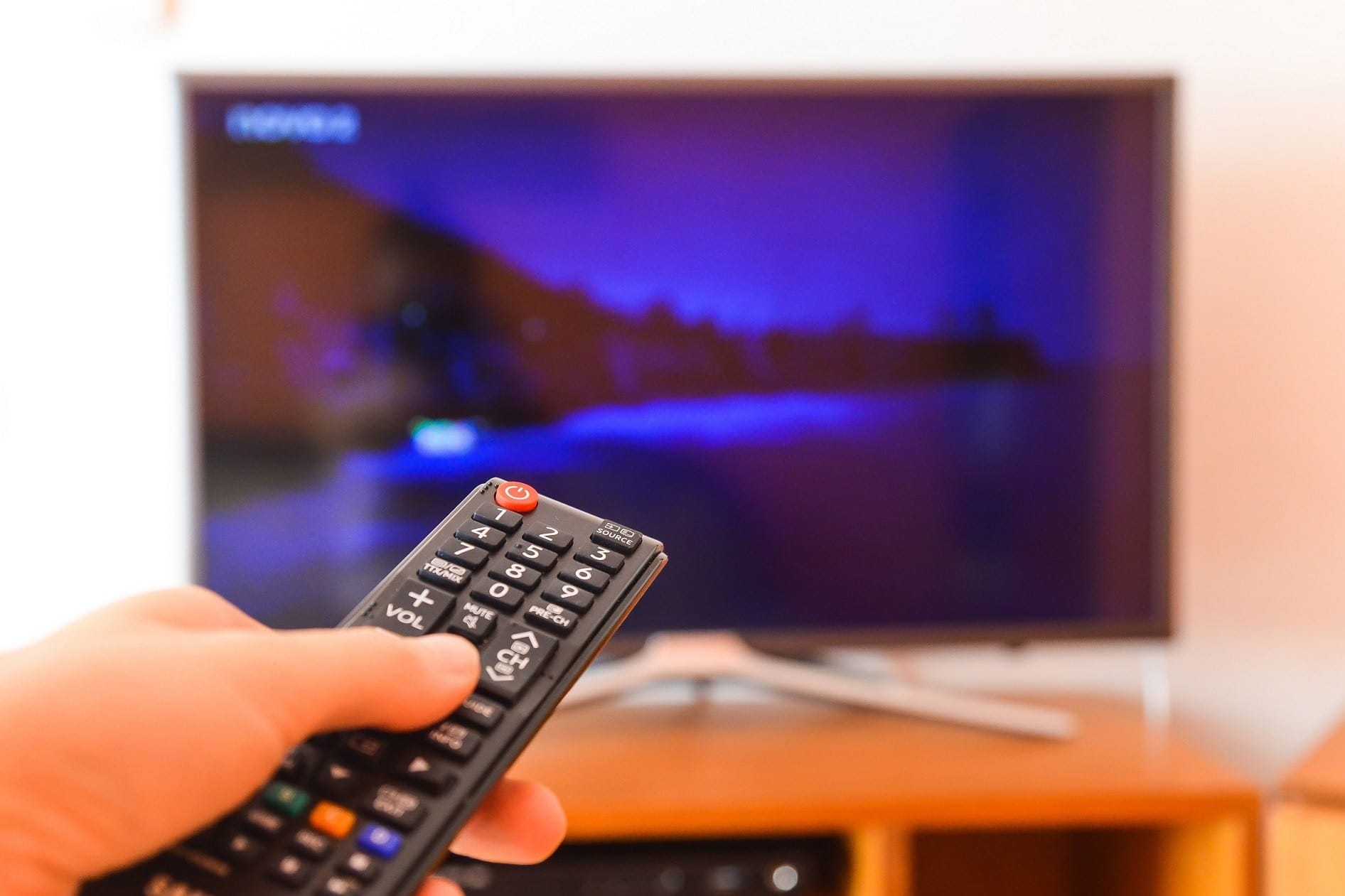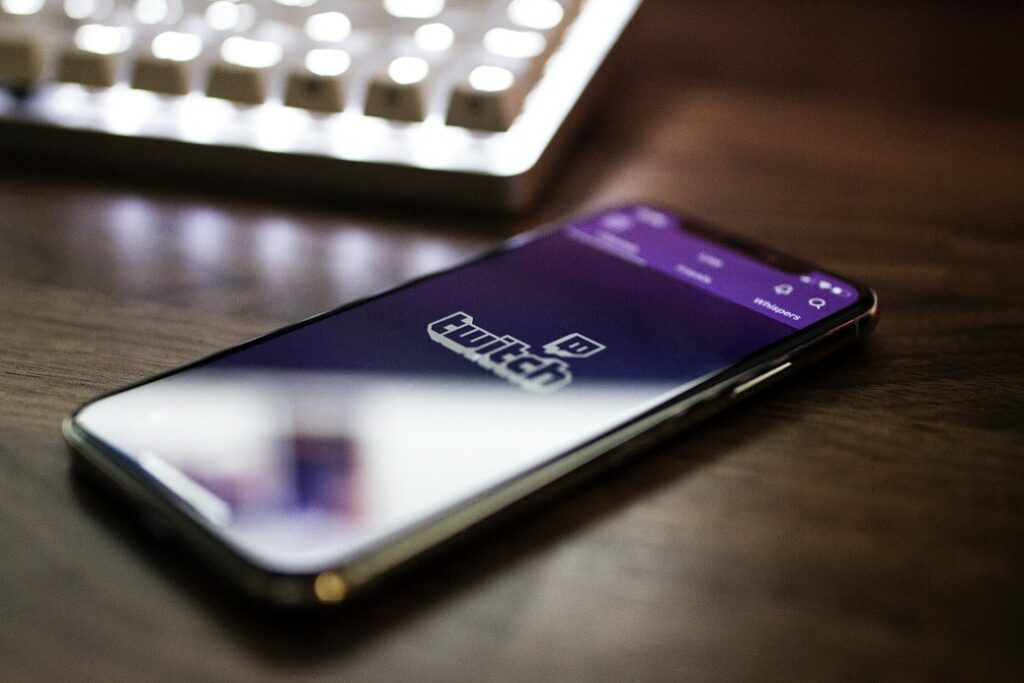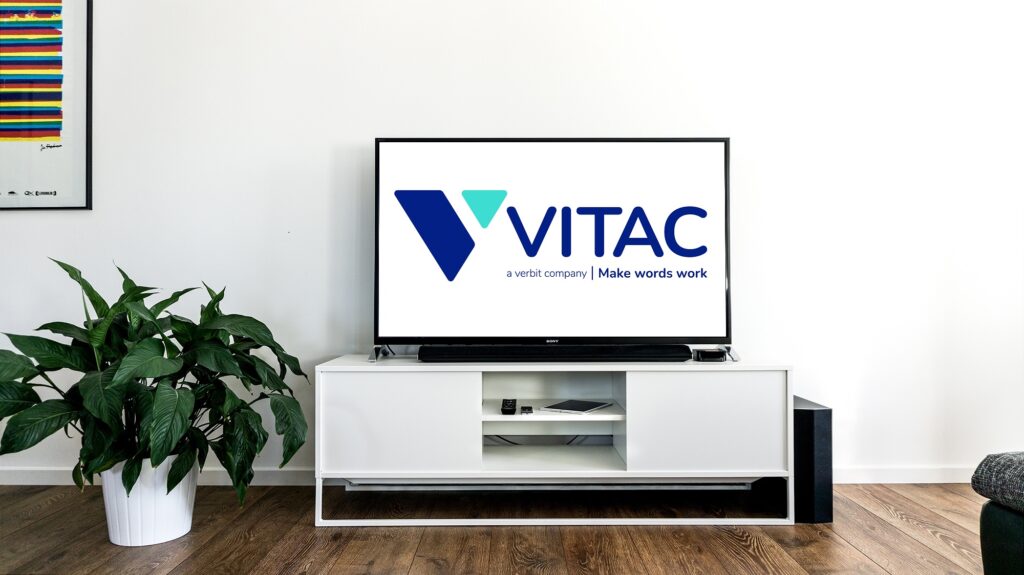Many TV fans who are blind or have low vision rely on audio description to experience television programming. In the same way captions provide a visual way to experience sound, audio description provides an audio means to experience video. It is a narrative description of onscreen actions, visual cues, and text, mixed with program audio, and accessed by the Second Audio Program (SAP) button on most remote controls.
Like captioning, the Federal Communications Commission (FCC) determines the amount of audio description that must be aired on television. Unfortunately, where captioning is nearly ubiquitous on TV, audio description is still rather rare.
Current requirements, implemented in 2011, require the top nine networks – four broadcast and five cable – to describe 50 hours of programming per quarter.
In July, the FCC expanded the hours required to be described to 87.5 hours per quarter, with the additional 37.5 hours per quarter being pulled from any programming airing between 6 a.m. and midnight. This increase will go into effect on July 1, 2018.
According to the National Federation of the Blind:
“More than seven million Americans have a visual disability. The new rules that were recently adopted will ensure that more video-described programming is available to those who rely on it, and also provide broadcast and nonbroadcast television networks more flexibility in complying with these rules.”
The FCC is considering a variety of other proposals, including increasing the number of networks to the top five broadcast and the top 10 nonbroadcast. The commission also is investigating a “no-backsliding” rule, meaning if a network fell from the top-stations list, it would still need to retain the audio descriptions that have already been completed. Action has yet to be taken on these and other proposed issues, though they could potentially become topics of future rulings.
Networks airing audio description include ABC, CBS, Fox, NBC, USA, TNT, TBS, History, and the Disney Channel. Cable programmers in the top 60 markets must ensure their viewers can access audio description. Viewers are hoping to soon have description data delivered via accessible interactive video guides, but for now they rely on the American Council for the Blind’s Audio Description Project for up-to-date program details.
VITAC provides audio description for many of these programs, and looks forward to expanding the amount of programming accessible to all in the very near future.




